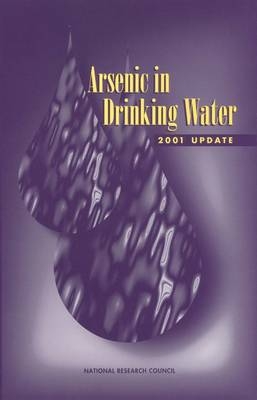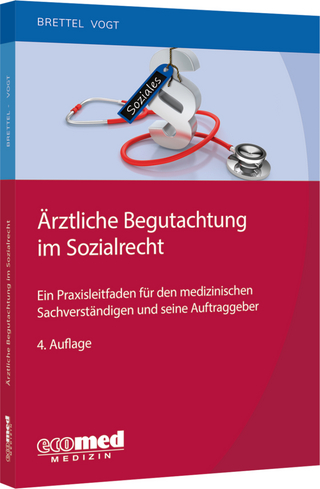
Arsenic in Drinking Water
2001 Update
Seiten
2001
National Academies Press (Verlag)
978-0-309-07629-6 (ISBN)
National Academies Press (Verlag)
978-0-309-07629-6 (ISBN)
- Keine Verlagsinformationen verfügbar
- Artikel merken
Evaluates epidemiological studies and experimental data that provides information on how and at what level arsenic in drinking water can lead to cancer. This report concludes that men and women who consume water containing 3 parts per billion of arsenic daily have about a 1 in 1,000 risk of developing bladder or lung cancer during their lifetime.
Having safe drinking water is important to all Americans. The Environmental Protection Agency's decision in the summer of 2001 to delay implementing a new, more stringent standard for the maximum allowable level for arsenic in drinking water generated a great deal of criticism and controversy. Ultimately at issue were newer data on arsenic beyond those that had been examined in a 1999 National Research Council report. EPA asked the National Research Council for an evaluation of the new data available. The committee's analyses and conclusions are presented in Arsenic in Drinking Water: 2001 Update. New epidemiological studies are critically evaluated, as are new experimental data that provide information on how and at what level arsenic in drinking water can lead to cancer. The report's findings are consistent with those of the 1999 report that found high risks of cancer at the previous federal standard of 50 parts per billion. In fact, the new report concludes that men and women who consume water containing 3 parts per billion of arsenic daily have about a 1 in 1,000 increased risk of developing bladder or lung cancer during their lifetime.
Having safe drinking water is important to all Americans. The Environmental Protection Agency's decision in the summer of 2001 to delay implementing a new, more stringent standard for the maximum allowable level for arsenic in drinking water generated a great deal of criticism and controversy. Ultimately at issue were newer data on arsenic beyond those that had been examined in a 1999 National Research Council report. EPA asked the National Research Council for an evaluation of the new data available. The committee's analyses and conclusions are presented in Arsenic in Drinking Water: 2001 Update. New epidemiological studies are critically evaluated, as are new experimental data that provide information on how and at what level arsenic in drinking water can lead to cancer. The report's findings are consistent with those of the 1999 report that found high risks of cancer at the previous federal standard of 50 parts per billion. In fact, the new report concludes that men and women who consume water containing 3 parts per billion of arsenic daily have about a 1 in 1,000 increased risk of developing bladder or lung cancer during their lifetime.
Subcommittee to Update the 1999 Arsenic in Drinking Water Report, Committee on Toxicology, Board on Environmental Studies and Toxicology, National Research Council
1 Front Matter; 2 Summary; 3 1 Introduction; 4 2 Human Health Effects; 5 3 Experimental Studies; 6 4 Variability and Uncertainty; 7 5 Quantitative Assessment of Risks Using Modeling Approaches; 8 6 Hazard Assessment
| Erscheint lt. Verlag | 26.12.2001 |
|---|---|
| Zusatzinfo | Illustrations |
| Verlagsort | Washington |
| Sprache | englisch |
| Maße | 152 x 229 mm |
| Themenwelt | Medizin / Pharmazie ► Medizinische Fachgebiete ► Arbeits- / Sozial- / Umweltmedizin |
| Naturwissenschaften ► Biologie ► Ökologie / Naturschutz | |
| ISBN-10 | 0-309-07629-3 / 0309076293 |
| ISBN-13 | 978-0-309-07629-6 / 9780309076296 |
| Zustand | Neuware |
| Haben Sie eine Frage zum Produkt? |
Mehr entdecken
aus dem Bereich
aus dem Bereich
Rechtliche und medizinische Grundlagen für Gutachter, …
Buch | Hardcover (2024)
Erich Schmidt (Verlag)
198,00 €
Buch | Softcover (2022)
Arzt + Information (Verlag)
28,00 €
ein Praxisleitfaden für den medizinischen Sachverständigen und seine …
Buch | Softcover (2024)
ecomed-Storck GmbH (Verlag)
69,99 €


